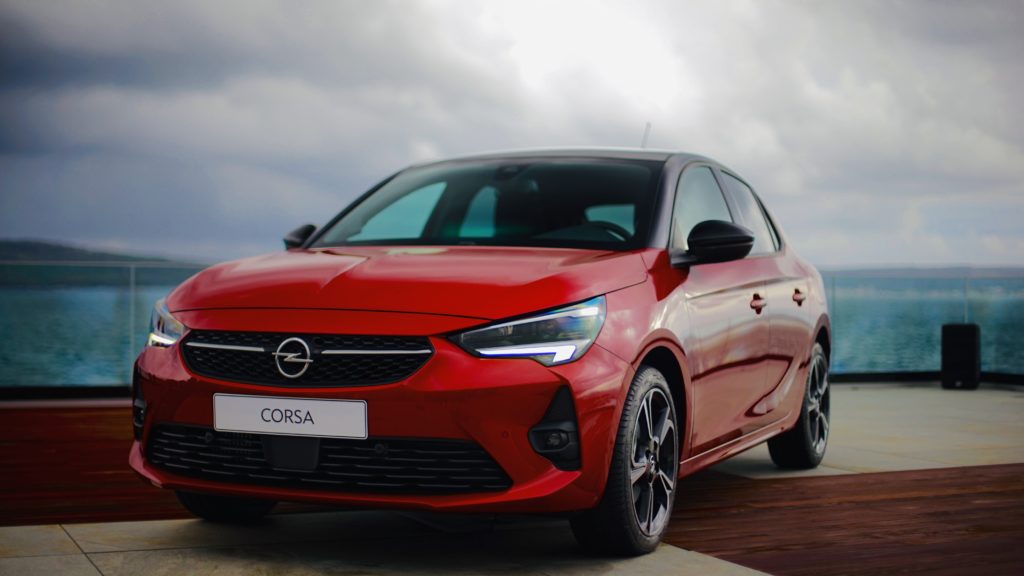
Opel’s first Corsa went on sale in Europe in 1982, this new 6th generation has launched at a crossroads for the brand. The Corsa is the first fully new car Opel has launched since PSA has taken over.
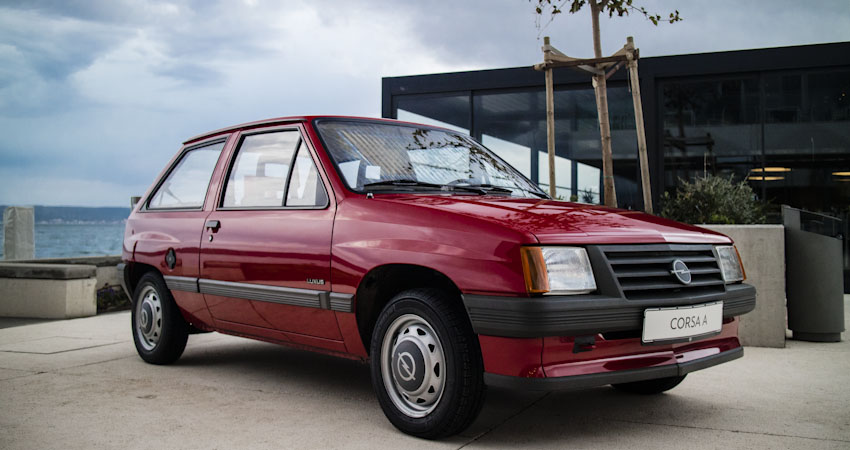
Development of this 6th generation started from scratch and the new car was turned around in an incredible 30 months. The Corsa rides on the very latest PSA group platform known as CMP ( Common Modular Platform). It’s going to become widely used over the next couple of years and it will also form the basis of the new Peugeot 208 and 2008 and the DS3 Crossback among others.
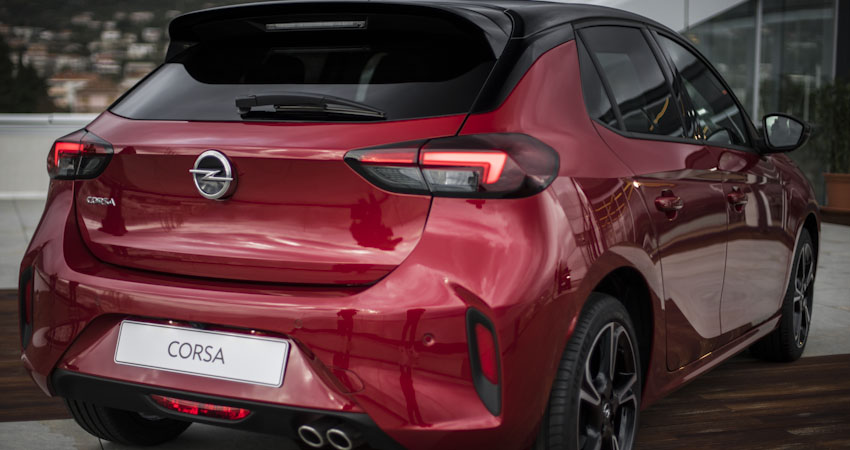
We’ve test driven the new Corsa to see if Opel have managed to give its most important model in a generation, the push into the next stage of it’s development life.
Immediately noticeable from the 5th generation, is the styling. Although it looks a lot wider, it’s actually a millimeter narrower and it’s lower than the previous model which helps it look a lot more sporty. From the side, the bonnet is visibly lower and longer than before with less of an MPV shape.
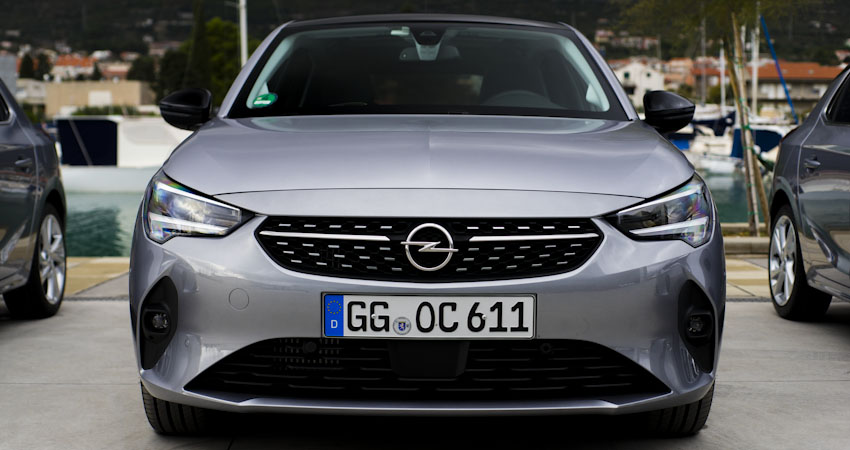
The wheels range from 16 to 17 inches and for an added touch, there’s a contrasting roof available which looks pretty smart. The new Corsa is 39 millimeters longer and the wheelbase is up, Opel consider it the most aerodynamic car in its class which means that there’s less wind noise than in previous Corsa’s.
Following on from the exterior, the Corsa is a little more sensible on the inside, it gets optional digital dials between the steering wheel and a normal big size round steering wheel (unlike the smaller Peugeot spec wheel in the 208). Styling is fairly standard and while it feels solid enough it’s got some hard plastics dotted about the cabin.
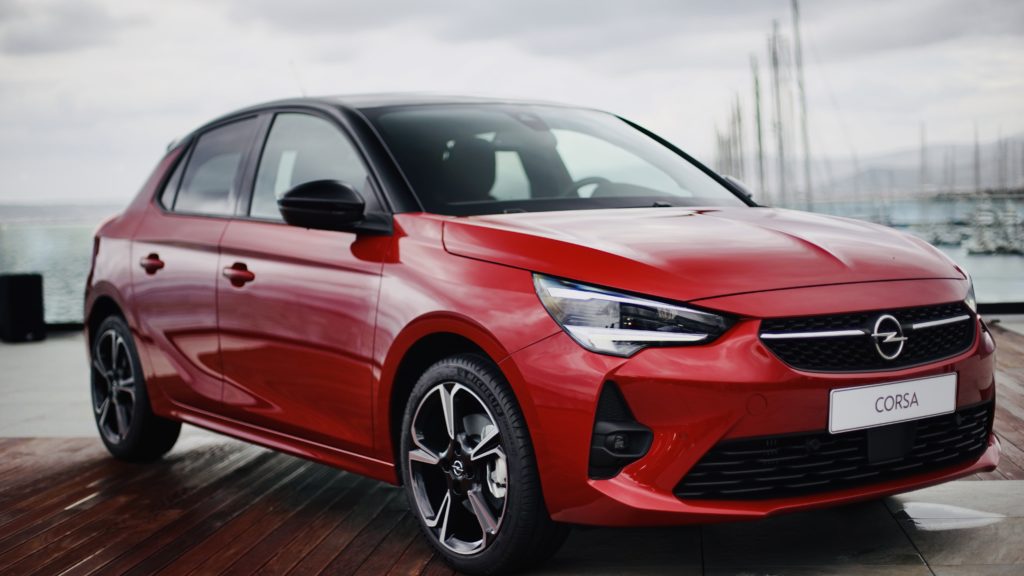
There’s a decent amount of tech, digital dials are offered in some models with a customisable display which lets you look at navigation and trip functions but the small screen just looks a little bit lost in that instrument binnacle. The top spec models come with kit such as a heated steering wheel, panoramic sunroof and even massaging seats are all available. A 10” infotainment system is also fitted to the top models while the rest get a 7” version.
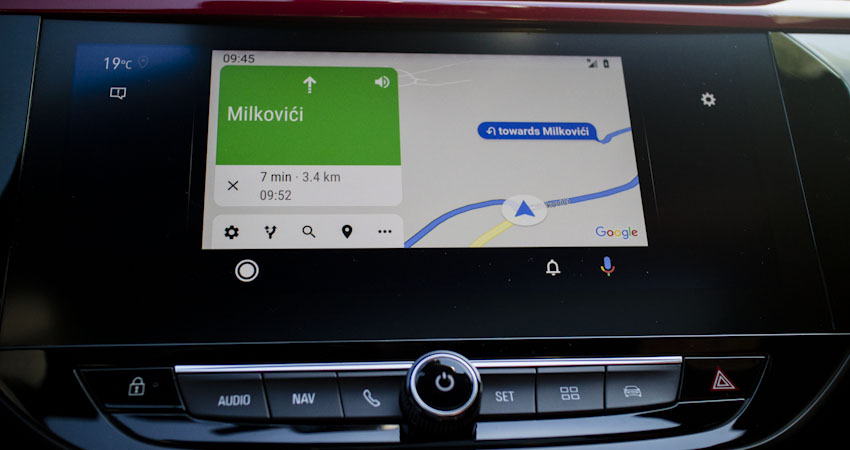
The system is largely the same as the ones available in the Peugeot’s and Citroen’s. It looks pretty standard, the layouts are simple and easy to read. Also, in keeping with making things easy to navigate, the Corsa sticks with physical analogue controls for the heating functions so you don’t have to keep prodding around a touchscreen just to change the fan speed.
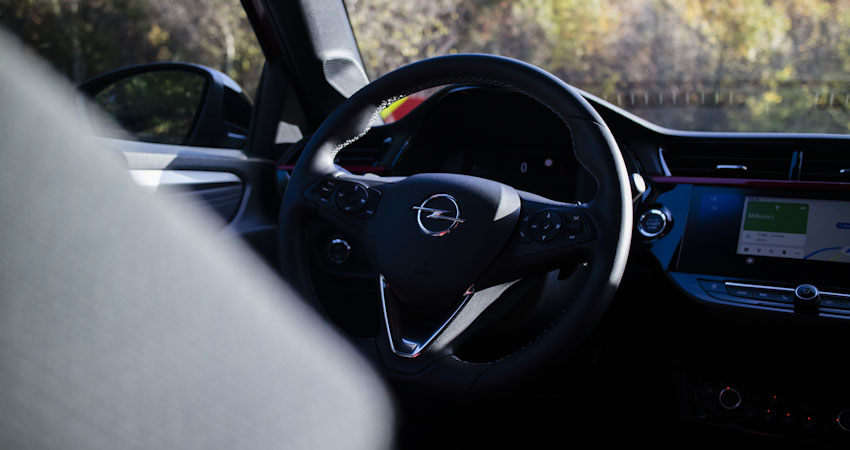
Passenger space is as expected for a small hatch, with the drivers seat set, there’s limited knee room in the rear. As part of Opel’s efforts to save weight, the back bench has been redesigned to weigh 4.5Kgs less than the old one. The weight saving from the seats is part of an overall weight saving, which means the new Corsa weighs about 10% less than the 5th generation. The body in white is 40kg lighter and 15 percent stiffer through the use of aluminium for the engines and bonnet which save another 17kg at the front while the front seats are lighter too. This means that the entry level Corsa tips the scales at just under 980kg which makes it feel much more lively on the road.
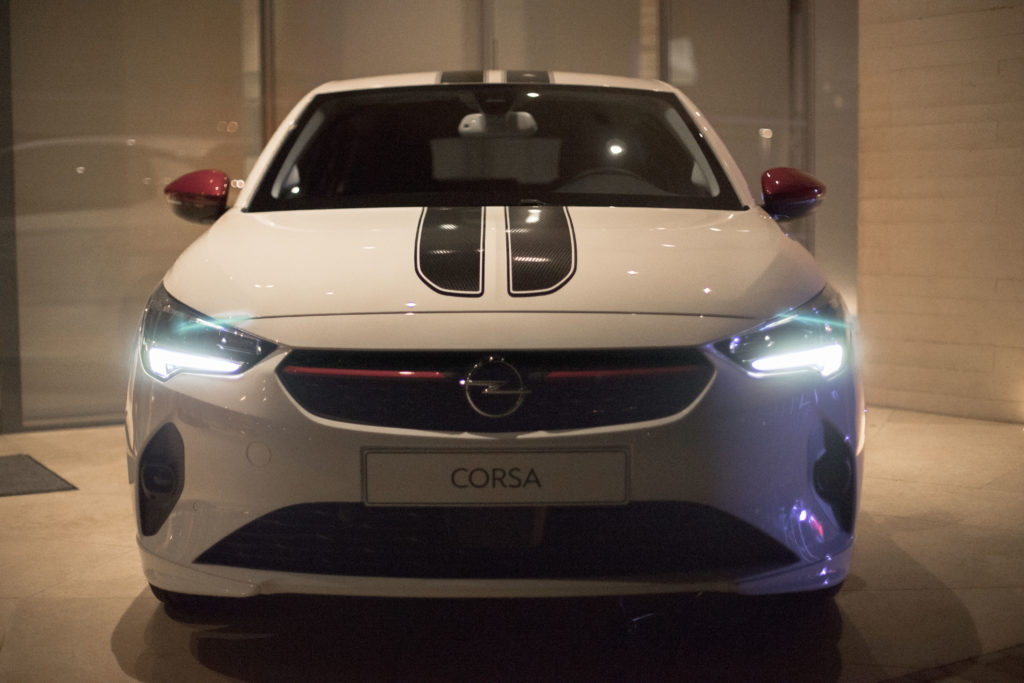
The Corsa is set up to feel just a little bit more sporty with a stiffer suspension while remaining comfortable enough. The lack of ‘weight’ means it feels agile on the road though it feels setup to be safe and sensible rather than exciting. The steering is precise though and it’s got a nice weighting to it which makes is easy to drive, which should continue the trend of people learning how to drive in a Corsa.
All Corsa’s come with LED headlights as standard while the top spec cars get Opel’s matrix units that use cameras to scan the road ahead to make sure that you don’t dazzle oncoming road users. They can also adjust with the steering angle so they can illuminate corners as you turn in. While the high beams have some brilliant illumination, they’re a little slow to react to oncoming traffic in order to auto dim. On A roads the reaction time was much quicker than, bumpier and twistier C class roads.
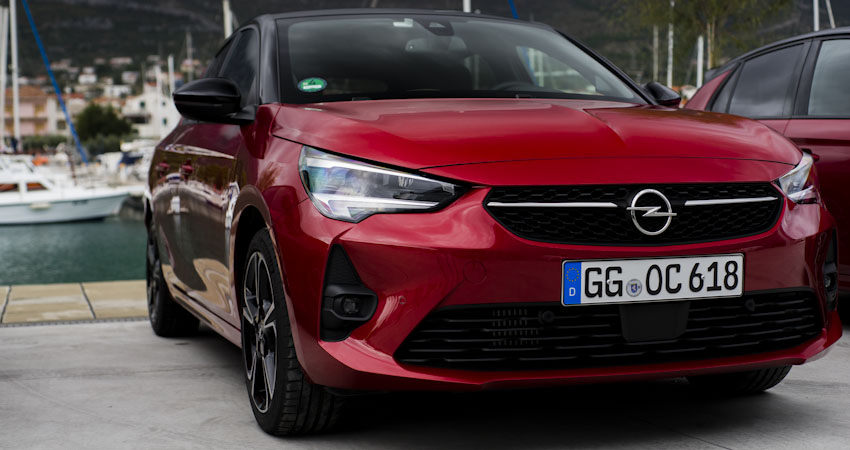
The lack of weight makes the Corsa competitive to drive in it’s class and it really helps when it comes to pootling about. Under the bonnet the Corsa comes with a 1.2 litre turbocharged petrol engine with 100hp which is nice and smooth. The 130hp is livelier again but unfortunately, Opel have no plans to bring this to the Irish market.
The Corsa promises to be cheap at the pumps, during the drive along twisty hilly country roads it averaged around 6.4 litres per hundred kilometers, which is about 44 mpg. During more enthusiastic driving tests, it was getting around 50 to the gallon, paired with a six-speed manual gearbox.
There’s also an 8-speed auto option available with the 1.2 litre engine. The petrol range kicks off with a non turbocharged 1.2 litre with a learner friendly 74bhp and comes with a 5-speed manual gearbox. There’s also a 1.5 litre diesel option with 101bhp which is 6-speed manual only and then there’s the Corsa fully electric model which builds 134bhp from the electric motor with a 50 kilowatt hour battery and an estimated range of about 200 miles.
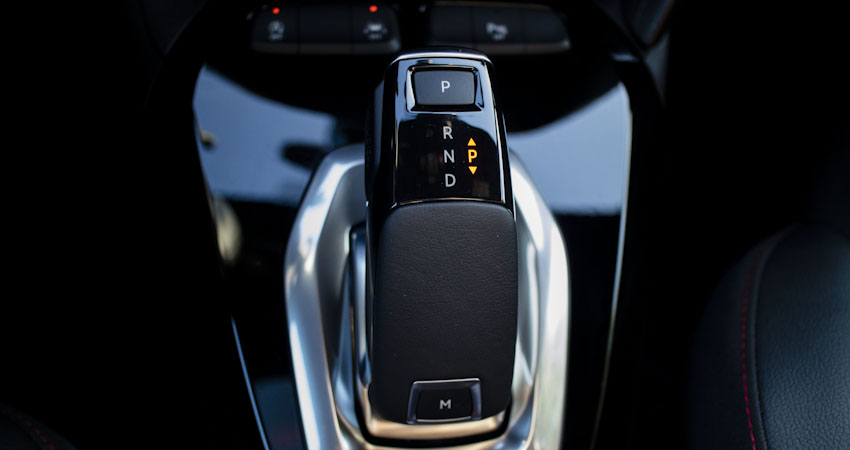
Standard equipment includes the 16-inch alloy wheels, Apple Car-play and Android Auto, Air Conditioning, Lane Departure Warning and Traffic Sign Recognition (both of which are extremely easy to turn off).
Overall the Corsa has plenty going for it, it’s easy to drive so it’s still great for learners and those who like to keep things simple, staying away from overly fussy and distracting dashes and dials.
